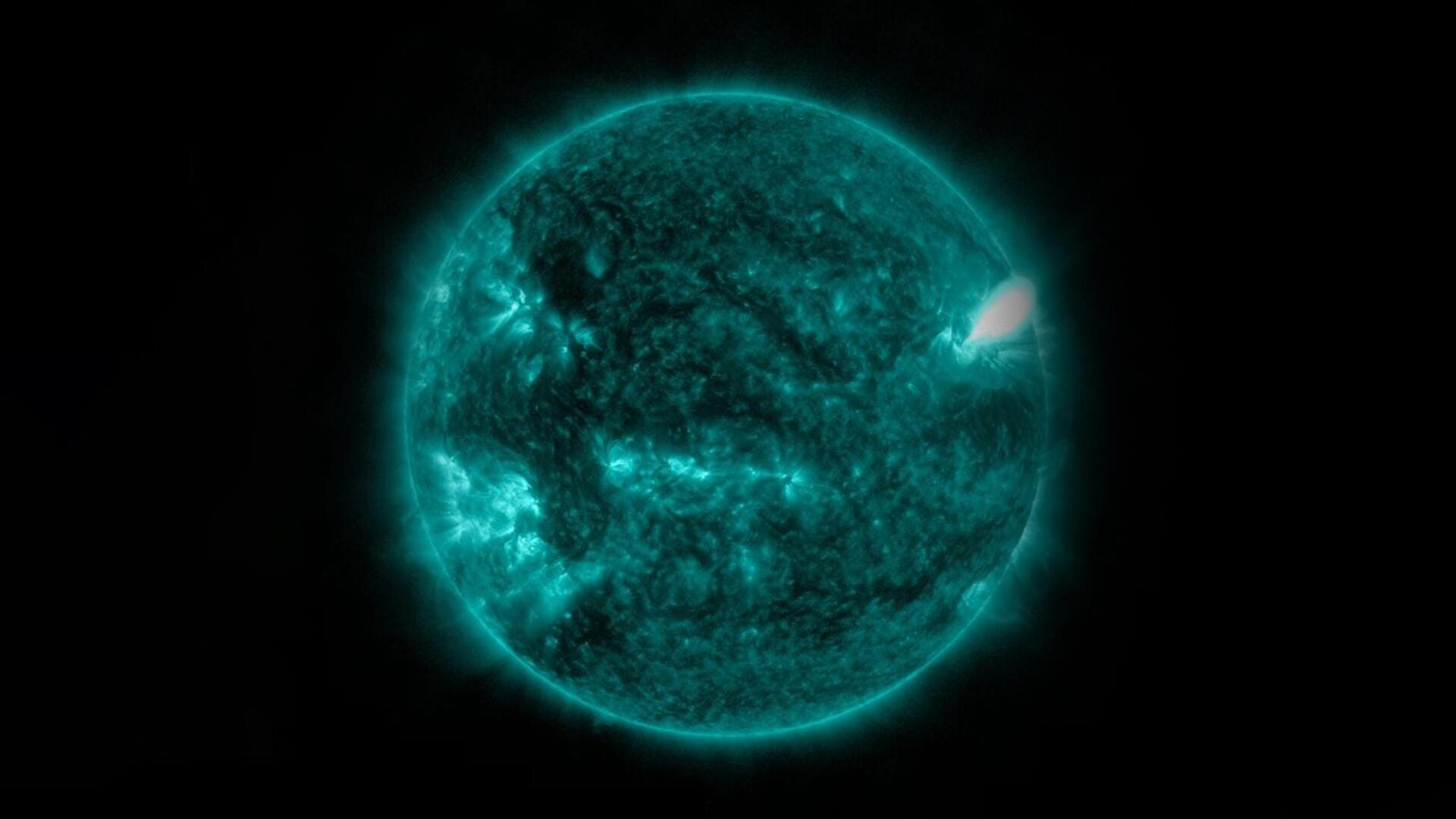A Massive Solar Flare Disrupts Radio Communication in the US
The Sun recently erupted in a powerful flare, leading to a temporary radio blackout across the western United States and the Pacific Ocean. This high-energy event, which took place on July 2, 2023, originated from an active sunspot region identified as AR 3354. It unleashed an X-class solar flare, which

The Sun recently erupted in a powerful flare, leading to a temporary radio blackout across the western United States and the Pacific Ocean. This high-energy event, which took place on July 2, 2023, originated from an active sunspot region identified as AR 3354. It unleashed an X-class solar flare, which is classified as the most potent category of solar flares.
The intensity of this solar flare was marked at X1.0, considerably less than the record-breaking X28 flare that was documented almost twenty years ago. Nevertheless, the effects were noticeable as it disrupted high-frequency radio signals on the side of the Earth that was facing the Sun at the time of the outburst. This was largely due to the magnetic field lines of the sunspot snapping and reconnecting, generating an energetic burst.
Although a blackout caused by a solar flare might sound severe, it's worth noting that the aftermath of this specific event was relatively benign. There were no subsequent incidents or signs of a coronal mass ejection, which is commonly associated with such events and can send streams of plasma far into space.
The solar flare's occurrence aligns with the current upward trend of the solar cycle, indicating potentially turbulent months ahead as we approach the peak of solar activity. According to data from the Royal Observatory of Belgium, sunspot counts have reached a 21-year high, with June recording an average of 163 sunspots per day.
The Sun experiences cycles of increased and decreased activity, termed as solar maximum and solar minimum, respectively, every 11 years. These cycles, which are still not entirely understood, are associated with the Sun's magnetic field and can affect solar events. The more sunspots present on the Sun, the more frequent these energy bursts occur.
As we are currently in Solar Cycle 25, scientists are anticipating a solar maximum around July 2025. However, the activity has been unusually high, surpassing official predictions from NASA and the NOAA. This unexpected increase in solar activity could potentially provide insights into the Sun's internal processes and enhance our ability to forecast future solar behavior.
Understanding solar activity is critical because it can have substantial effects on Earth, not limited to radio blackouts. Powerful flares can disrupt satellite communications, influence power grid stability, and even affect migratory behavior in animals. In extreme cases, such as the Carrington Event of 1859, a solar storm can cause significant damage to communication systems.
Solar Cycle 25 has exhibited significant activity, and scientists are suggesting that it could be one of the strongest ever recorded. As we continue to observe these solar weather patterns, there is hope that we may uncover new insights about the inner workings of our home star, the Sun.




